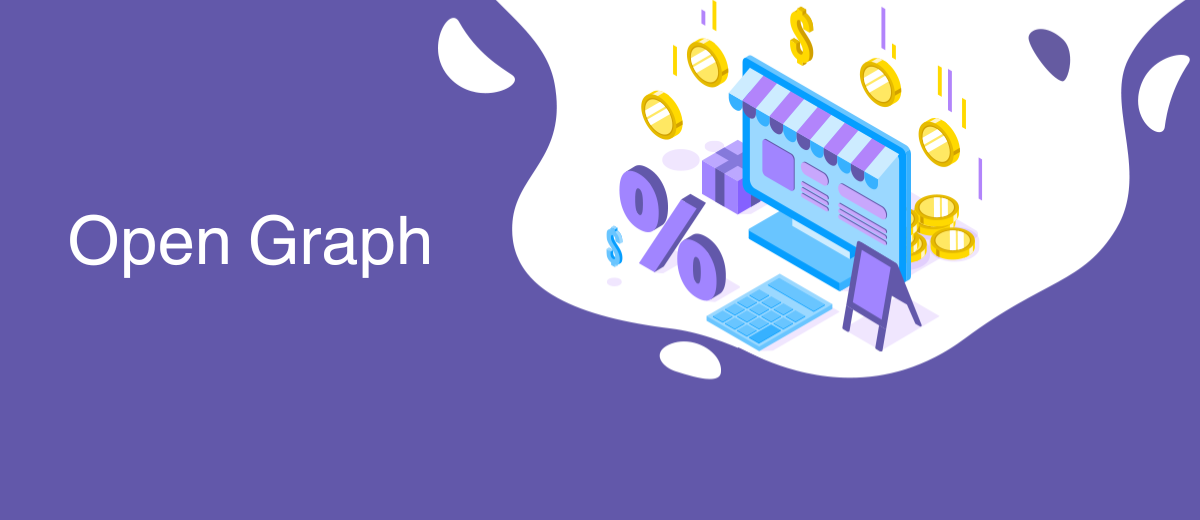Open Graph
The Open Graph protocol, introduced by Facebook in 2010, is a set of meta tags that allows web content to be better integrated with social media platforms, especially Facebook. By using Open Graph tags, web developers can control how their content is displayed when shared on social media, enabling more engaging and visually appealing posts that drive user interaction and increase website traffic.
When a user shares a URL on a social media platform, the platform's algorithms crawl the webpage to extract relevant information, such as the title, description, and an image. Open Graph tags can be added to the HTML head section of a webpage to provide this information explicitly, ensuring that the shared content appears as intended. The most common Open Graph tags include "og:title," "og:description," "og:image," and "og:url."
In addition to improving the appearance of shared content, Open Graph tags can also provide additional information about the content itself, such as its type (e.g., article, video, or audio), its publication date, and its author. This information can help social media platforms better understand and categorize the content, potentially increasing its visibility and reach.
While Facebook was the first platform to adopt the Open Graph protocol, it has since been embraced by other popular social media sites, such as LinkedIn and Twitter, making it a valuable tool for web developers and marketers alike. By implementing Open Graph tags, content creators can optimize their webpages for social sharing, driving user engagement and increasing overall online visibility.
Back Home eCommerce Encyclopedia
Set up integration without programmers – ApiX-Drive
Articles about marketing, automation and integrations on our Blog

